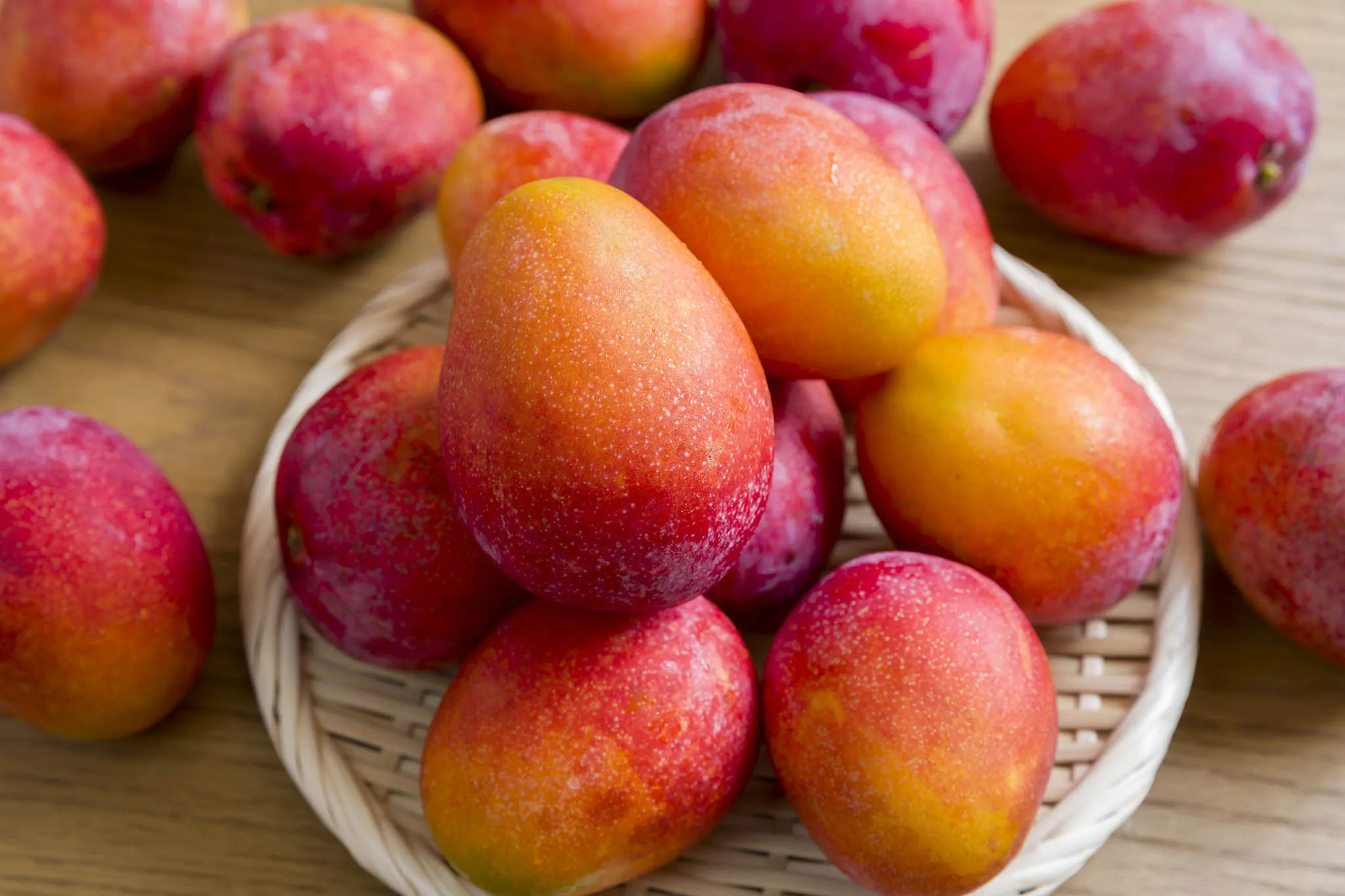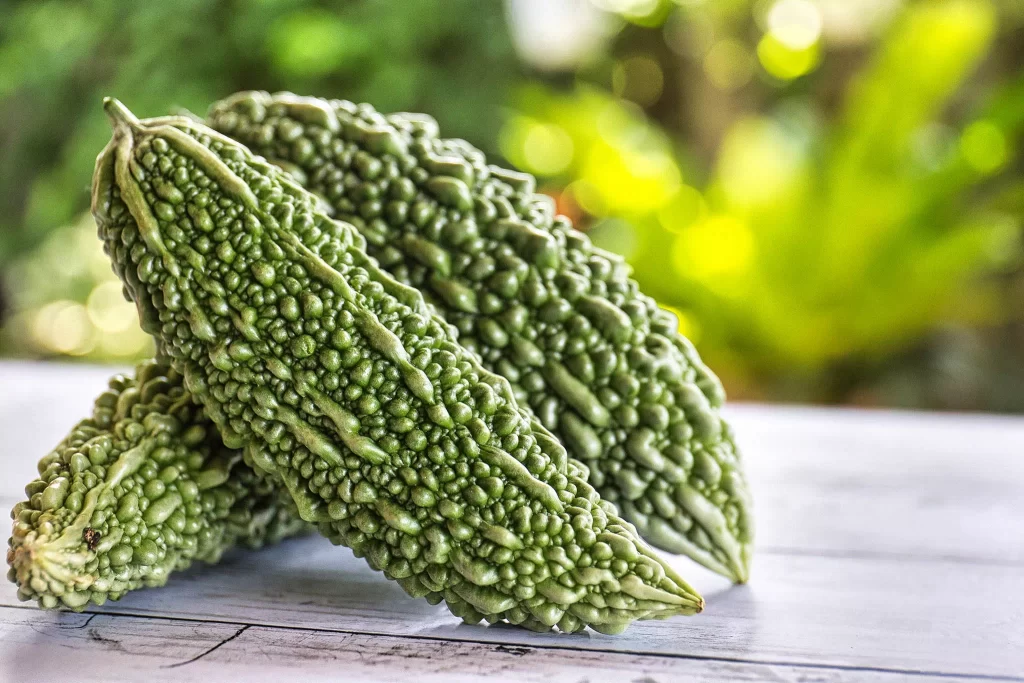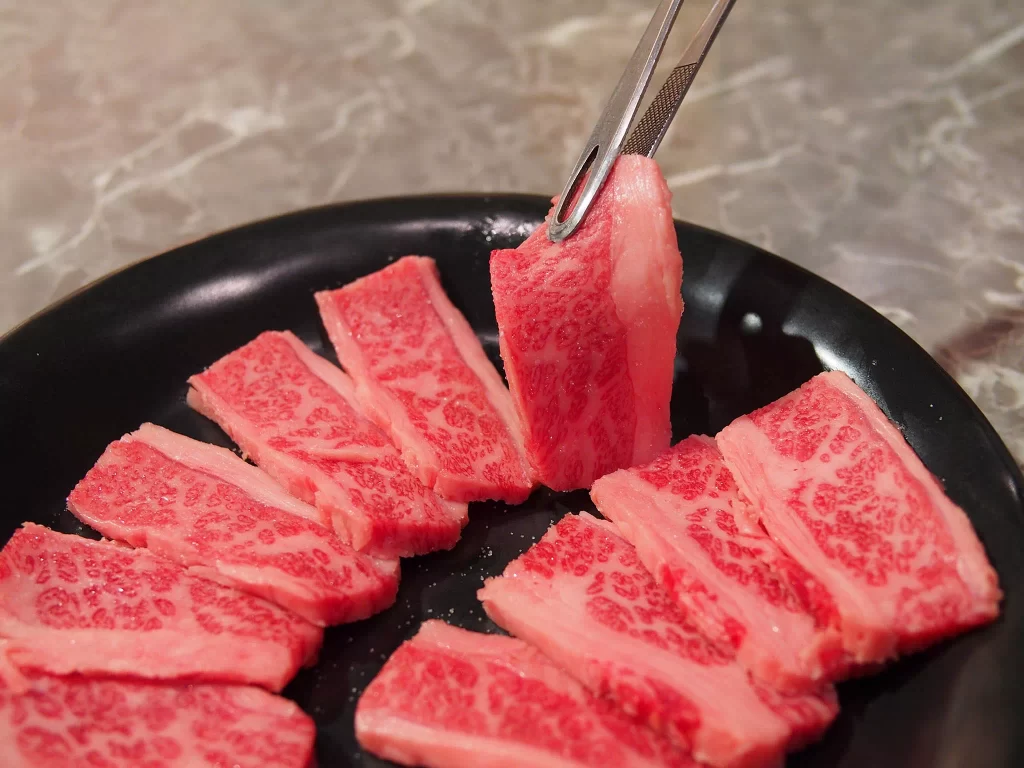Nature’s Bounty—Island Fruits
Enjoy fresh locally grown tropical fruits across the islands of Okinawa
Tropical fruits grow across the islands of Okinawa, from refreshingly tangy shikuwasa in the north of the main island to succulent mangoes on the southern islands of Ishigaki and Miyako. Look for them at local markets, enjoy them served in meals at hotels and restaurants, and keep an eye out for delicious fresh-fruit smoothies and desserts.
Shikuwasa (also shekwasha)
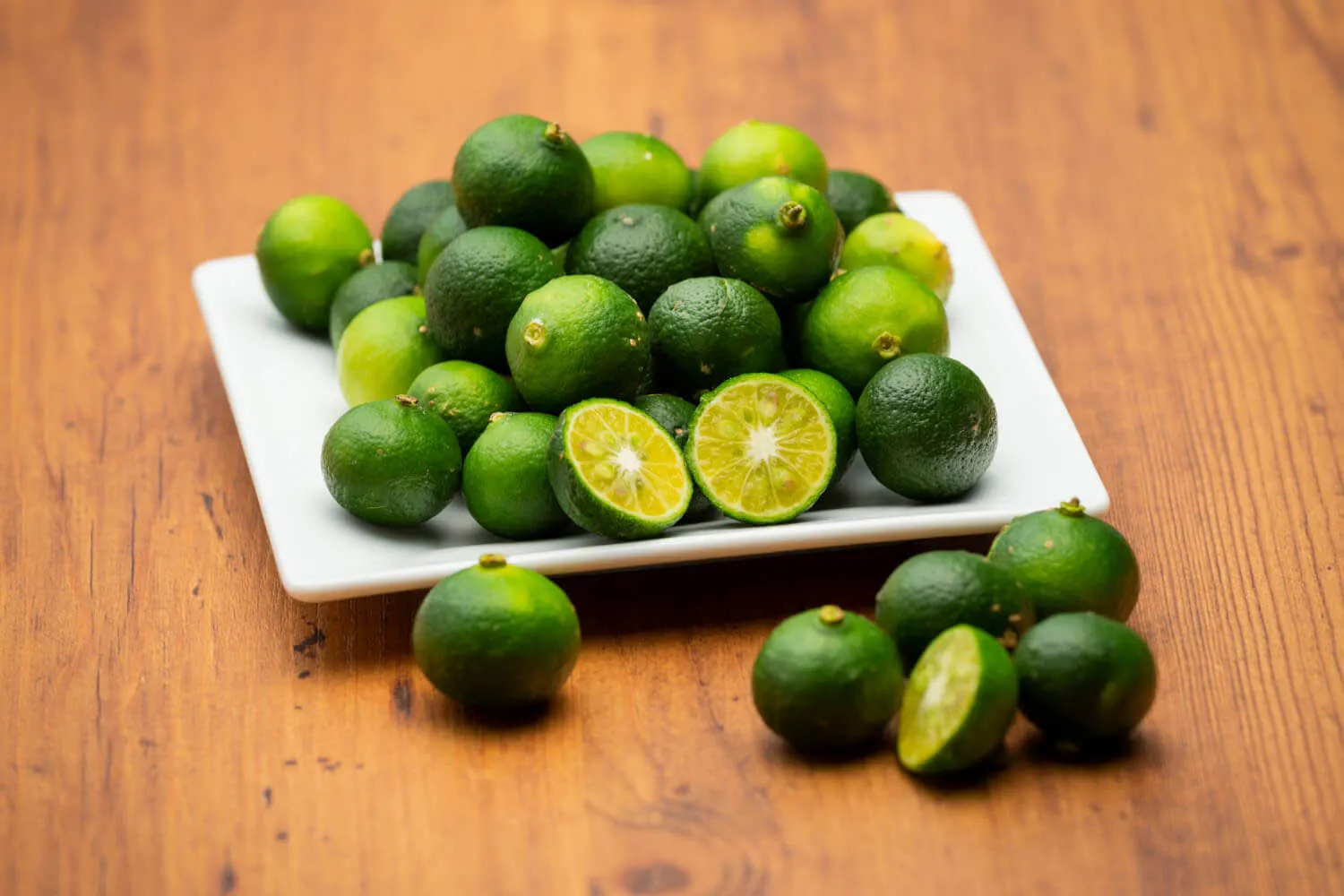
Small, green, and similar in appearance to a lime, the shikuwasa is an Okinawan citrus fruit used in juices, confectionery, and cooking. The fruit is typically harvested before ripening for its refreshing tangy flavor, which goes perfectly with fish. When ripe, shikuwasa yellow and become sweeter, and can be enjoyed on its own. They are packed full of vitamins and contain the antioxidant carotene. This iconic Okinawan fruit is grown extensively in Ogimi and Nago in the north of the main island.
Acerola
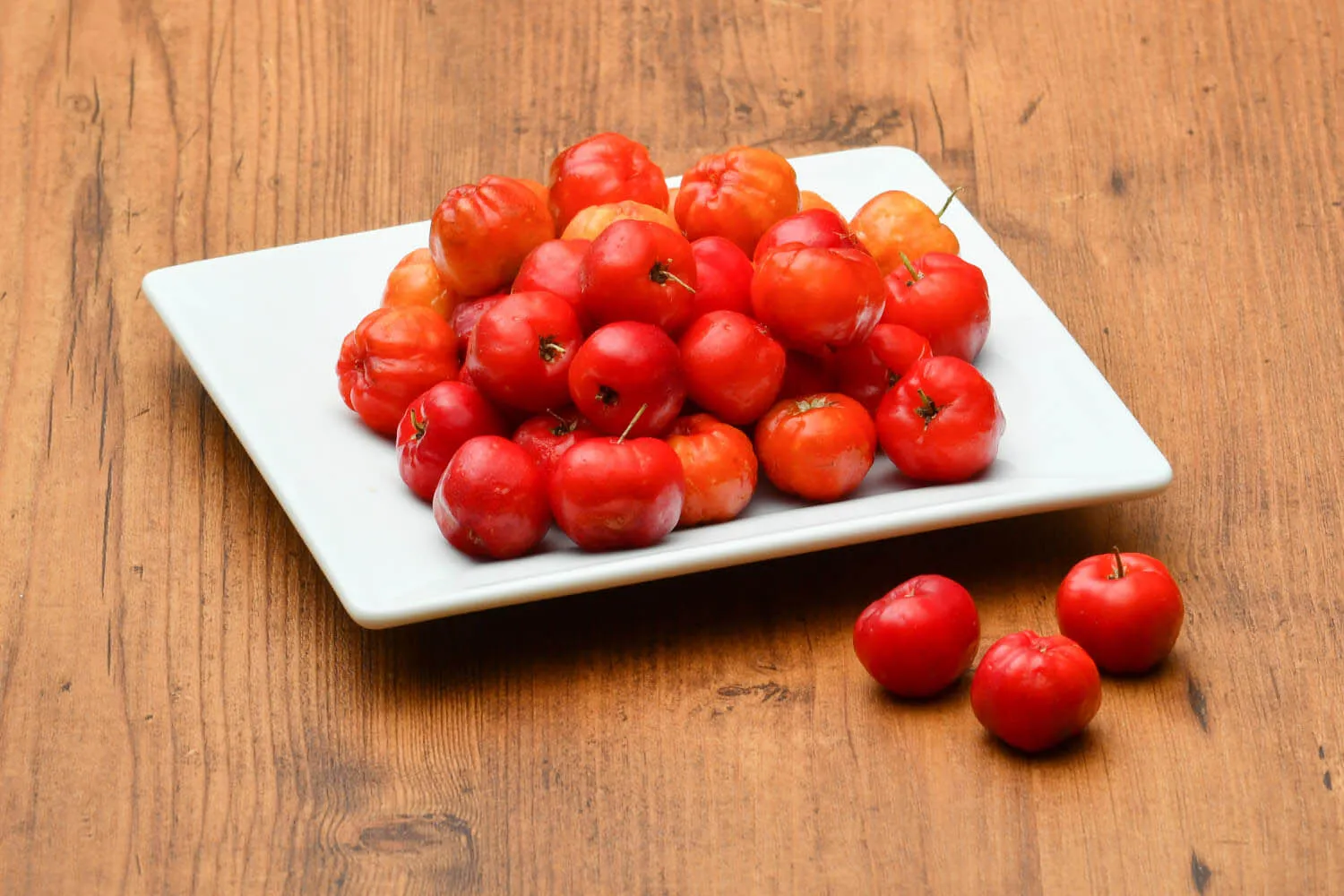
This small, red, somewhat sour cherry-like fruit contains more than 30 times the amount of vitamin C than a lemon. Also known as the Barbados cherry, acerola, is commonly found across the islands of Okinawa in juices and jams as well as sometimes in tea and other products. It is a tricky fruit to grow, and has a short shelf life, so it is usually sold as juice. Acerola juice, however, is easy to find around the islands and is extremely thirst quenching. Acerola is primarily grown in the northern part of Okinawa’s main island.
Dragon Fruit
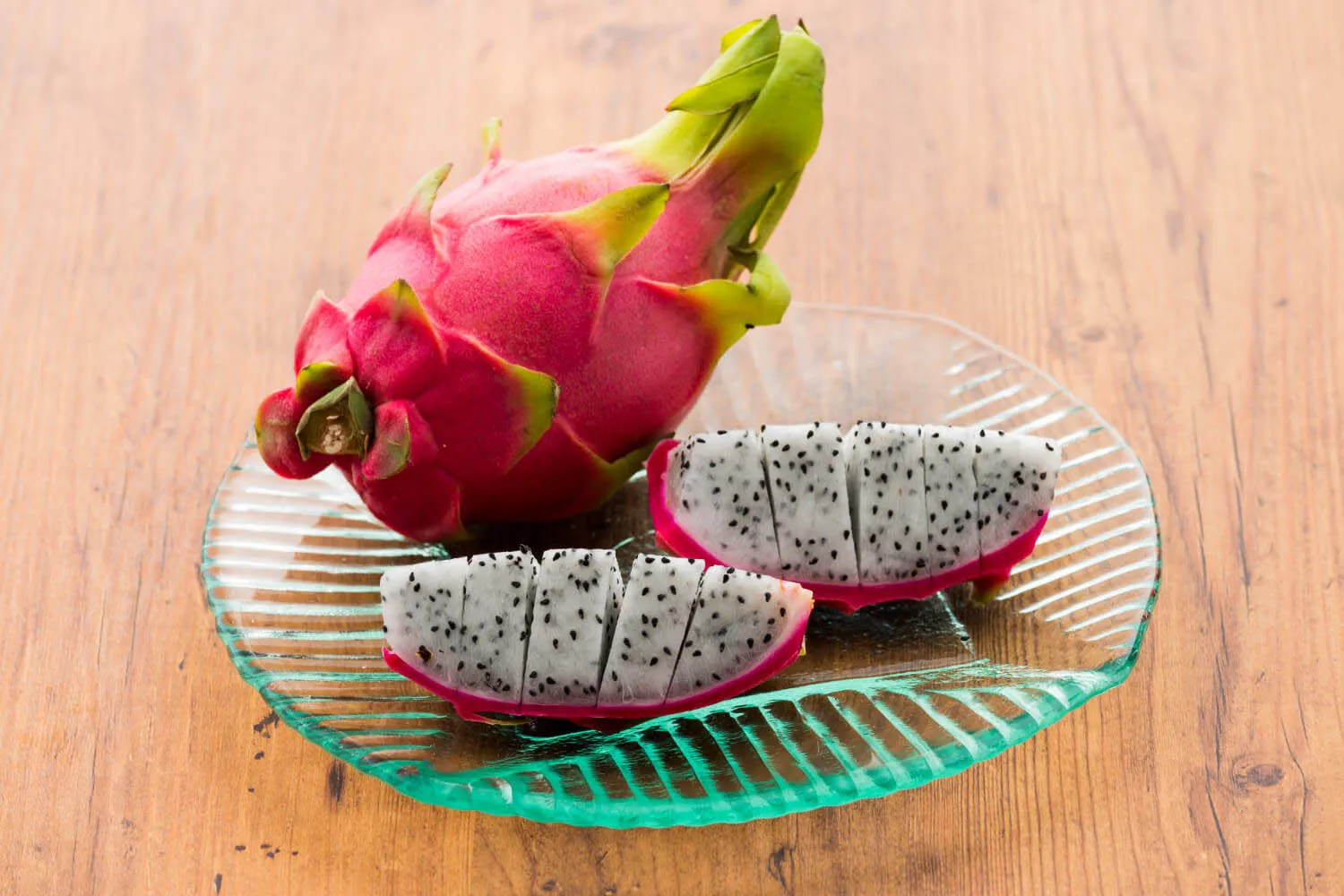
The dragon fruit is a member of the cactus family and is native to Latin America. The unusual name comes from the appearance of the fruit’s skin, which evokes the image of a dragon’s scales. There are two types of dragon fruit: one has deep-purple flesh similar in color to a beetroot; the other has coconut-white flesh. The purple variety is sweet and juicy while the white one is slightly tangy. Squeezing shikuwasa on the flesh of the dragon fruit is a tasty way to enjoy the fruit. Dragon fruit is rich in vitamins, minerals, and dietary fiber. They are sold ripe and best eaten shortly after purchase.
Mango
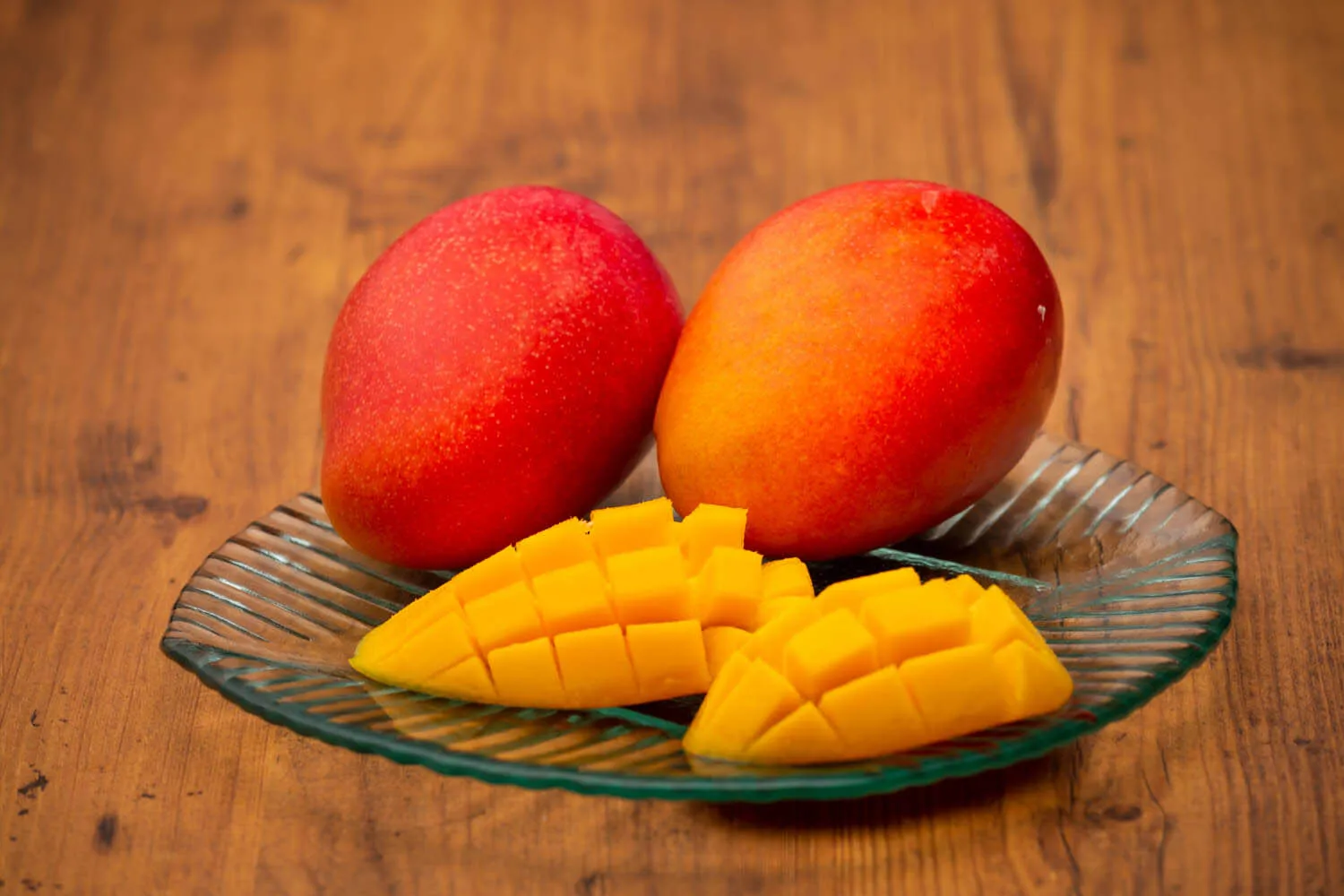
The sun on Okinawa’s southern islands produces bountiful harvests of sweet, fragrant mangoes. Okinawa’s main island, as well as Miyako and Ishigaki islands, are the main growing areas. They produce two varieties of mango: the apple mango, which has a reddish purple skin; and the Keats mango which has a green skin when fully ripened. Mango season is June to August, with apple mangoes ripening first and Keats mangoes following afterward. Okinawa’s mangoes are best enjoyed fresh, exactly as they are, but also appear in jams, juices, and desserts.
Passion Fruit
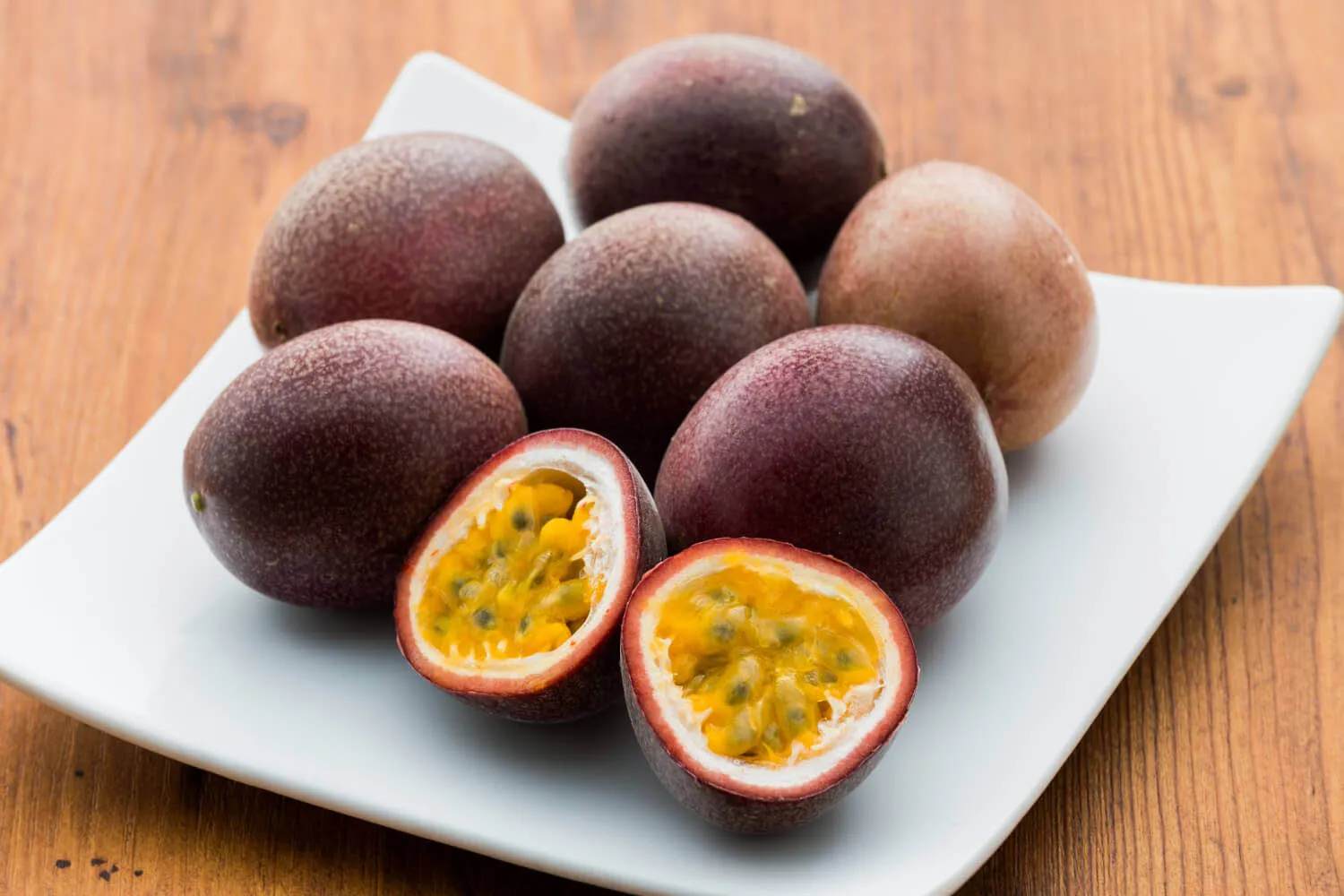
Sweet yet sour and with a tantalizing aroma, passion fruit are quintessentially tropical. They can be found throughout the islands of Okinawa on market stalls and in jams, jellies, and juices. Cut one in half and take a spoon to the rich, yellow, jellylike flesh to enjoy this fruit fresh. Chilling it in the fridge beforehand gives an extra-refreshing taste sensation. When shopping for passion fruit, look for wrinkles on the skin—a sign that it is ripe and sweet. Passion fruit is grown across Okinawa including in the southern part of the main island, Onna Village in the central part, and on Ishigaki Island.
Pineapple
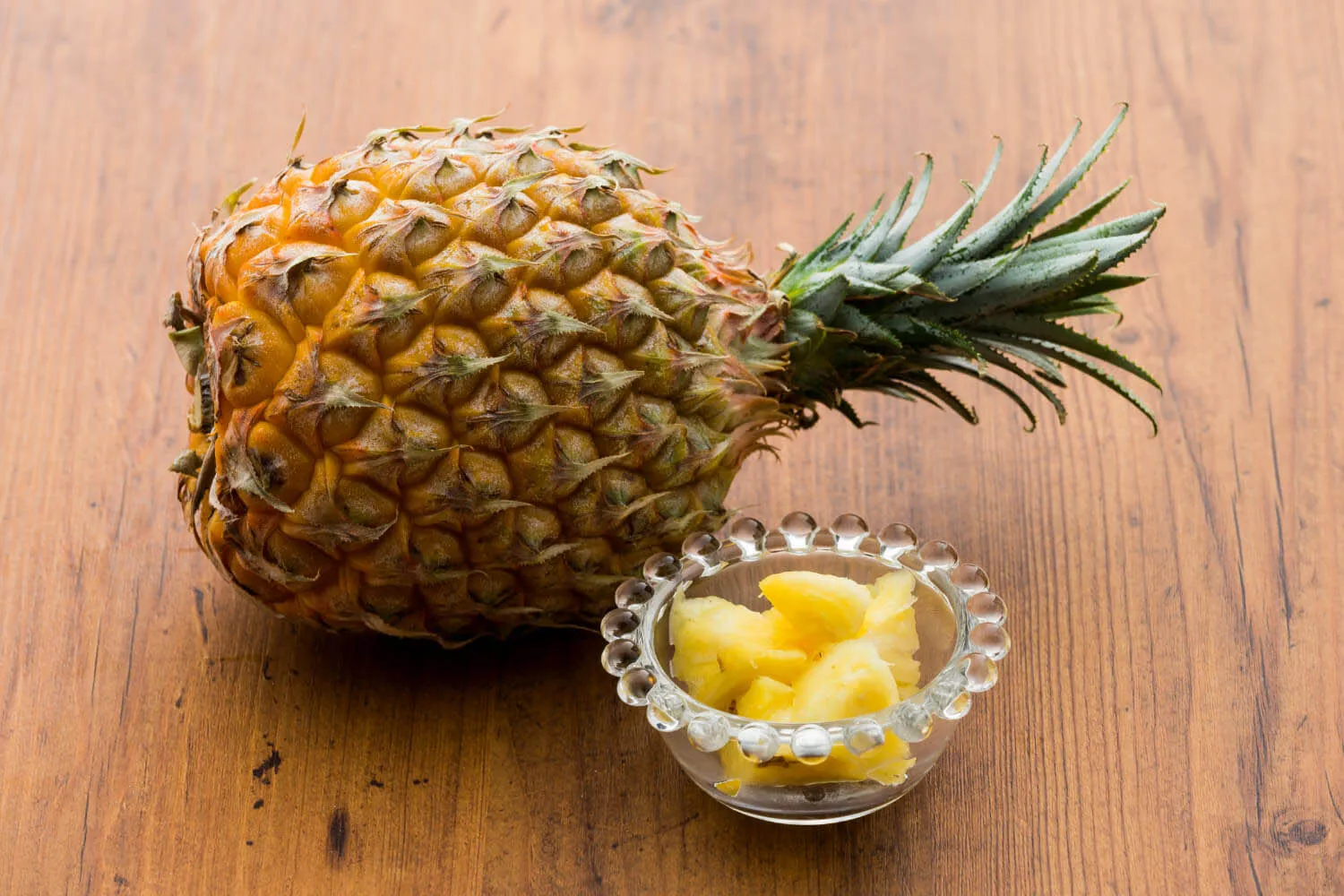
Okinawa’s pineapples have a full-bodied fragrance and well-balanced flavor. They are grown predominantly in northern areas of Okinawa where the soil is well drained and acidic. Pineapples are rich in vitamin C and contain bromelain which helps to break down proteins, making the fruit a great accompaniment to meat dishes. They are rich in fiber and also contain high levels of citric acid which helps with fatigue. Despite the sweet flavor, pineapples are surprisingly low in calories, so there is no need to worry about your waist.
Star Fruit
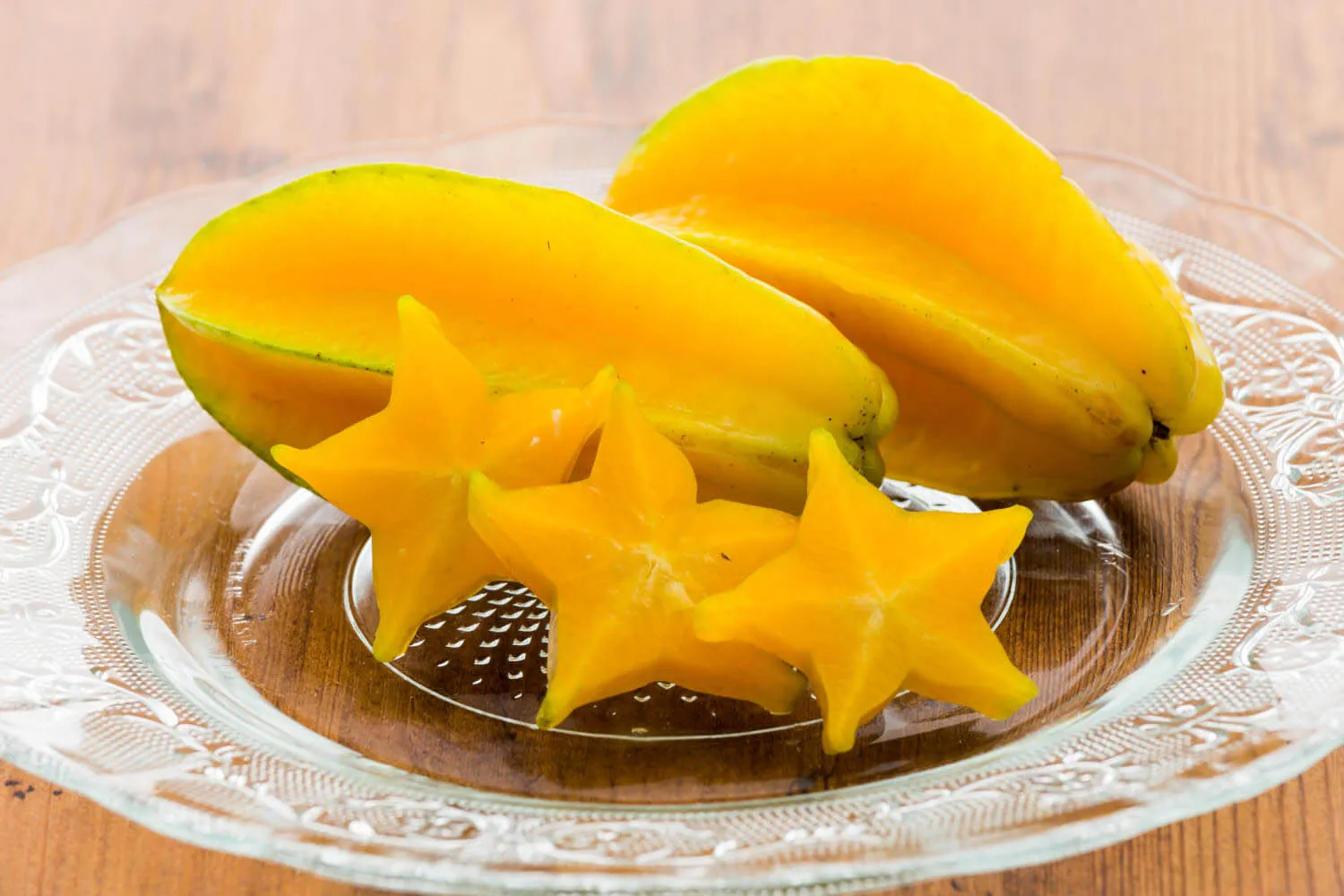
An exceedingly attractive star-shaped fruit, the star fruit is sweet and juicy when yellow, and crisp and tangy when green. Enjoy them on their own when ripe or as a pretty addition to a fruit salad. When still green, they are great for pickling or as an ingredient in salads. They are packed full of vitamin C, potassium, and polyphenol, and contain citric acid. Haebaru in the south of the main island is the main growing region for star fruit.
Tankan
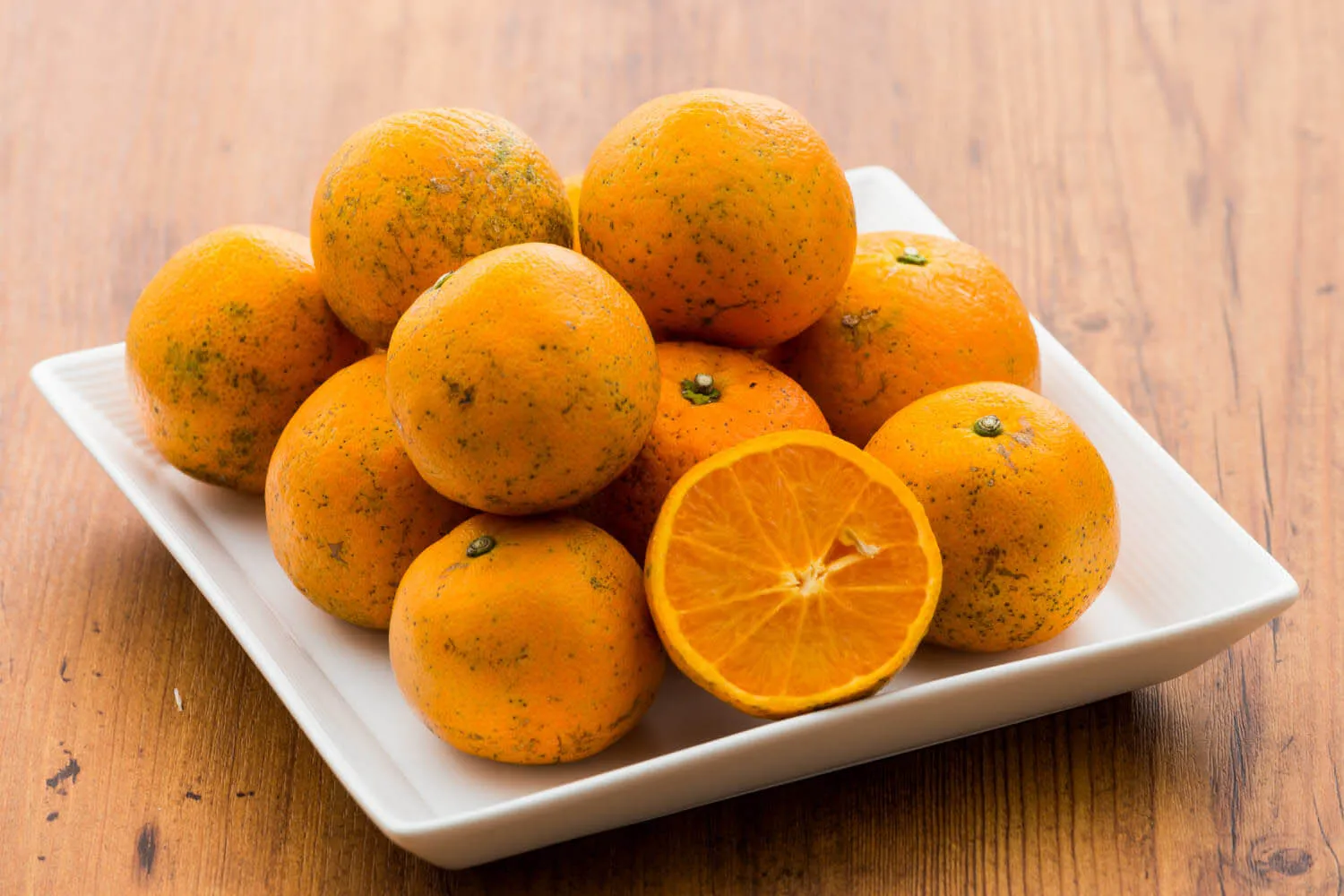
Tankan is a juicy citrus fruit with a high sugar content that sweetens when the mornings and evenings become cool. It is a natural crossbreed of the ponkan and the navel orange. It is eaten in winter and decorates fruit bowls and tables over the New Year. Tankan are typically grown in the north of the main island.

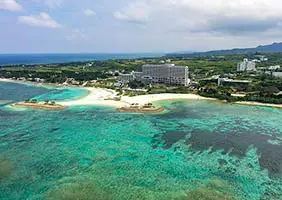
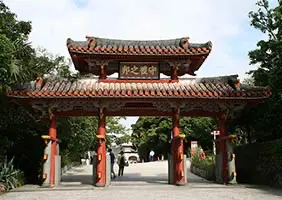
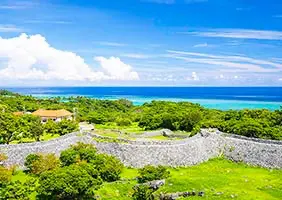

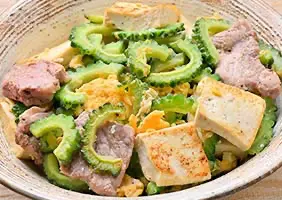



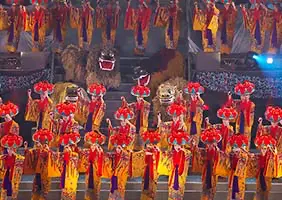
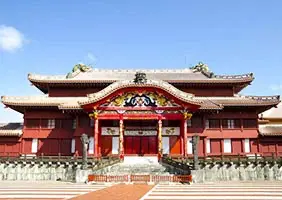


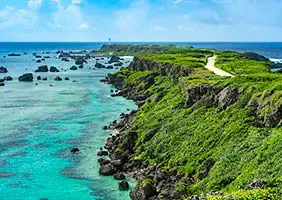


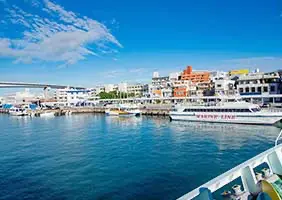
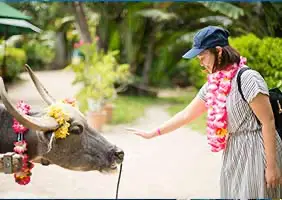




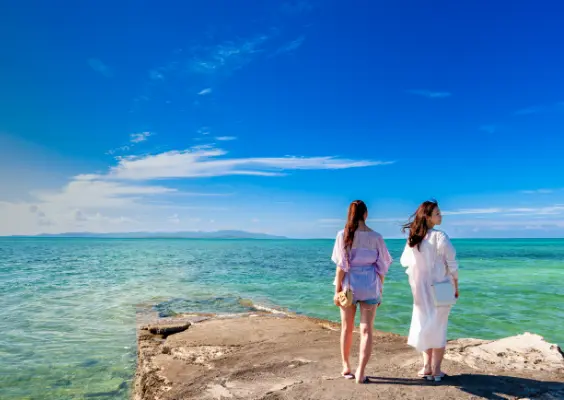
 Facebook
Facebook Twitter
Twitter Copy URL
Copy URL


